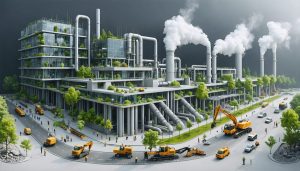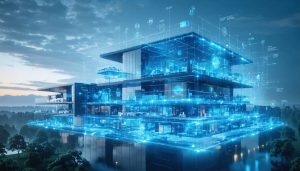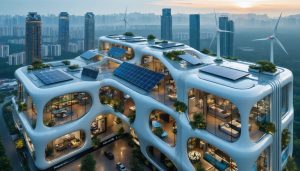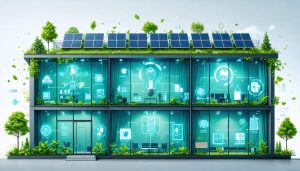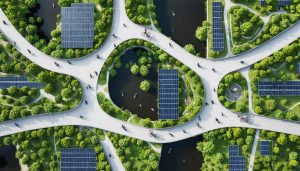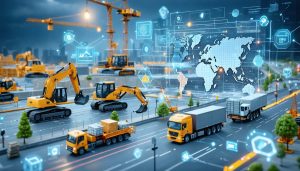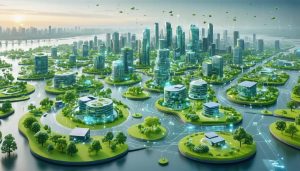
How Smart Cities Are Revolutionizing Urban Design Through Circular Economy
Urban planners worldwide are revolutionizing city development through circular economy in urban construction, delivering measurable environmental and economic benefits. Advanced modeling software now enables precise carbon footprint calculations for entire districts, while integrated green infrastructure systems reduce energy consumption by up to 40% compared to traditional urban designs. Leading municipalities have demonstrated that implementing bio-based materials …

